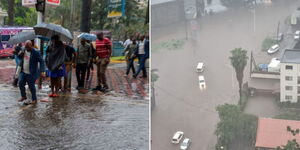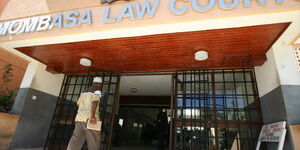The issue of fake circulars concerning government and state officers has been on the rise in recent weeks.
On Monday, thousands of Kenyans were once again deceived by a fake statement claiming that Sports CS Kipchumba Murkomen and Kapseret Member of Parliament Oscar Sudi had been banned from the US. The US Embassy has since labelled the statement as false.
With the increasing number of social media users, the likelihood of falling for fake job alerts and government announcements is expected to rise. However, Kenyans.co.ke conducted a quick spot check and identified several red flags to watch out for whenever such memos appear on your feed.
Typos in text: One of the most obvious indicators of a fake posting is the presence of grammatical errors within the memo or advertisement. Typically, official statements from state agencies undergo rigorous vetting across various departments, making errors highly unlikely. Memos with glaring mistakes are, therefore, most likely to originate from unreliable sources.
Use of Unofficial Language: Another key indicator is the use of unofficial language in the text, especially in matters involving the state.
Memos and circulars that are rigged with informal lingo are more likely to be fake since the state announcements take a specific language that is likely to appeal to everyone.
Personalised emails: This is particularly prevalent in job scams. Fake job adverts tend to have emails comprised of a personal domain, not a corporate one.
For example, in a recent fake job advert, applicants were encouraged to reach out via infokenyaairways@gmail.com, whilst the official email of Kenya's leading aviation company is customer.relations@kenya-airways.com.
No official signatures/stamps: These days, scammers have devised ways of incorporating government logos into fake statements to make them more believable. However, it is still extremely difficult to replicate official government stamps and signatures, which is one of the best ways to determine whether a post is real or fake.
A statement from the State Department of Diaspora Affairs, for example, will most likely be signed by CS Musalia Mudavadi or the Permanent Secretary Korir Singoei.
Questionable sources: In the social media age, the most obvious sign that a memo or statement is fake is if it is first posted by an individual, rather than an official government body.
Once a statement goes viral, it is likely to be bought by the masses. However, failure by the involved government agency to confirm the authenticity of the statement through their official handles on social media usually means there is a great chance the statement is fake and is being used for propaganda.












